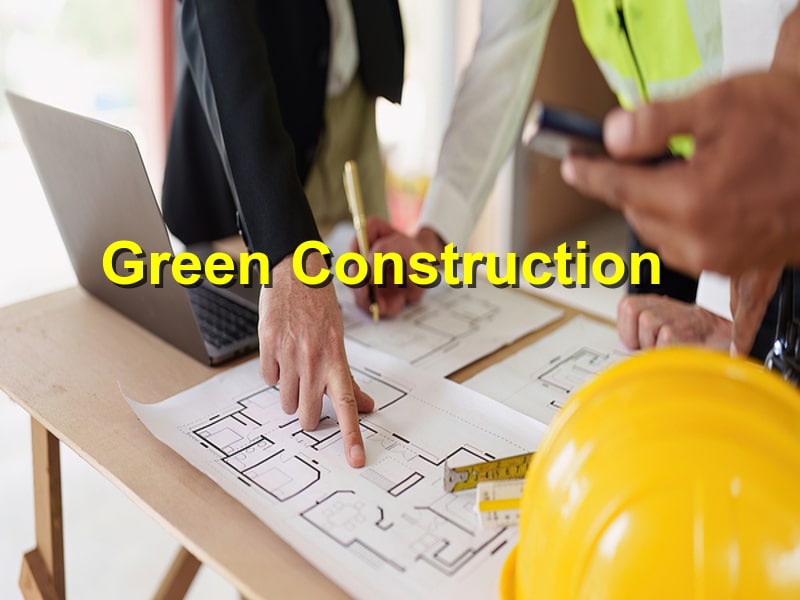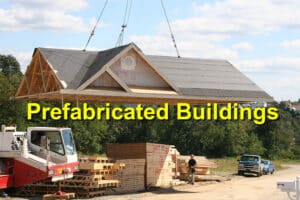In recent years, the construction industry has seen a significant shift toward sustainability. Green construction is no longer just a trend—it’s a smart investment for commercial property owners. While environmentally friendly building methods may require a higher upfront cost, they offer substantial long-term savings and benefits that far outweigh the initial expense.
1. Reduced Energy Consumption and Utility Bills
Energy-efficient designs and systems are a cornerstone of green construction.
- Installing LED lighting, smart HVAC systems, and energy-efficient windows significantly reduces electricity usage.
- High-quality insulation and proper sealing minimize heat loss, lowering heating and cooling costs year-round.
Over time, these measures can lead to thousands of dollars in annual savings for commercial property owners.
2. Lower Maintenance and Replacement Costs
Sustainable building materials are often more durable and require less frequent replacement.
- Recycled steel, composite decking, and low-maintenance finishes reduce repair needs.
- Advanced building systems are designed for longevity, lowering the frequency of major replacements.
This durability translates to less disruption for tenants and fewer expenses over the building’s lifespan.
3. Tax Incentives and Financing Advantages
Many governments and municipalities offer tax credits, rebates, and grants for green building projects.
- Programs reward developers who use renewable energy sources, energy-efficient equipment, and sustainable materials.
- These incentives help offset initial construction costs and improve return on investment.
4. Increased Property Value and Marketability
Green-certified buildings often command higher rental rates and enjoy lower vacancy rates.
- Tenants increasingly prefer environmentally responsible spaces for both cost savings and corporate image.
- A sustainable building can also qualify for certifications like LEED, boosting credibility and market demand.
5. Long-Term Operational Savings
The financial benefits of green construction extend beyond utilities.
- Better water management systems reduce waste and costs.
- Improved indoor air quality can enhance employee productivity and tenant satisfaction.
- Buildings that are future-proofed for changing environmental regulations avoid costly retrofits later.
Conclusion: Green Construction as a Strategic Investment
While the initial price tag of green construction can be higher than traditional methods, the long-term cost benefits—from lower utility bills and maintenance costs to increased property value—make it a wise financial decision. For commercial building owners looking to maximize profitability and sustainability, green construction is more than a building choice—it’s a future-proof strategy.
References: PlanRadar, MPO




